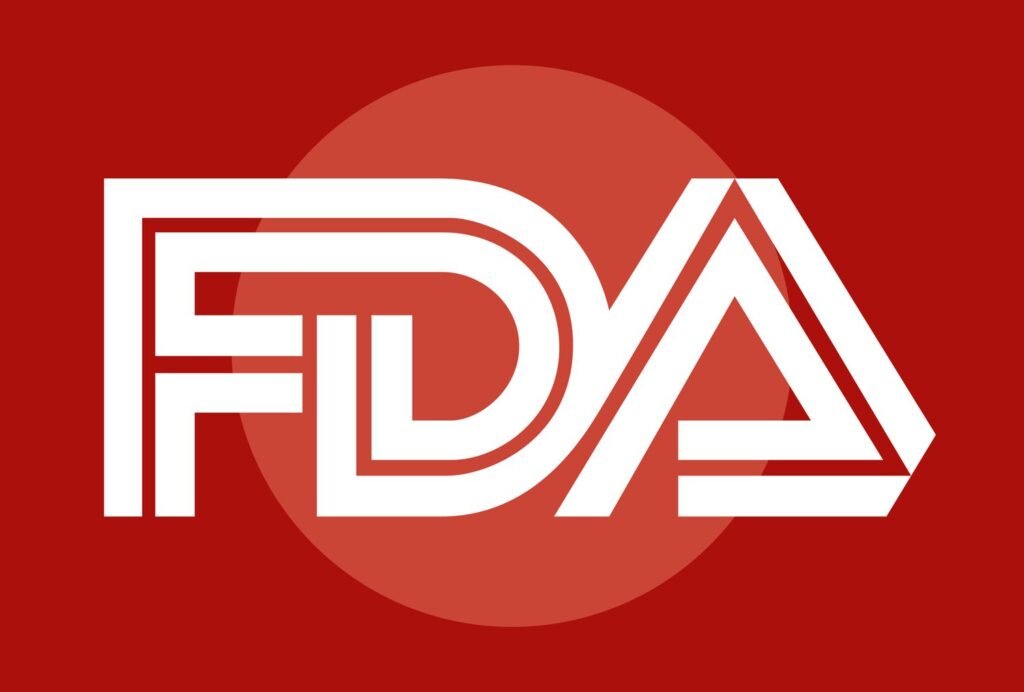The Food and Drug Administration (FDA) has officially banned Red Dye No. 3 in food, beverages, and ingested drugs in the United States. According to a report by the Washington Post, the ban requires the removal of Red Dye No. 3 from food products by mid-January 2027 and from ingested drugs by 2028. The FDA cited the Delaney Clause as the basis for the ban, which prohibits additives that have been found to cause cancer in humans.
Jim Jones, the FDA’s deputy commissioner for human foods, stated that the Delaney Clause is clear in its prohibition of authorizing food additives or color additives that have been linked to cancer in humans or animals. Red Dye No. 3 has primarily been used in candy, cakes, cupcakes, cookies, frozen desserts, frostings, and icings.
Consumer Reports led a petition in 2022, calling for the ban of Red Dye 3, and in October 2024, they delivered a petition signed by over 80,000 consumers to the FDA. Consumer Reports applauded the FDA’s decision to ban Red Dye 3, stating that it poses an unacceptable risk to health, especially when safer alternatives are available.
The organization also expressed the need for the FDA to ban other synthetic food dyes linked to neurobehavioral problems. They referenced a 2021 study by the California Office of Environmental Health Hazard Assessment, which found that many food dyes and colorants, including the six dyes banned under the California School Food Safety Act, could make children more vulnerable to behavioral difficulties.
Consumer Reports urged the FDA to review the safety of synthetic food dyes, as many have not been reviewed in decades despite studies linking them to serious health problems. They emphasized the importance of removing harmful chemicals from food to protect public health.


